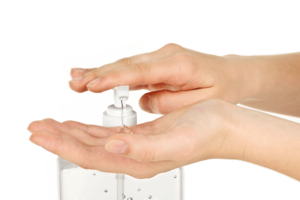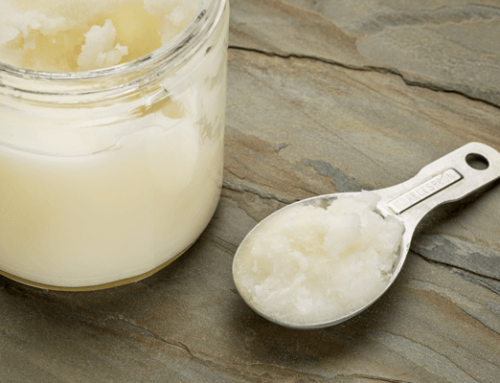On September 2, 2016 the FDA issued a new rule banning the use of 19 different antiseptic “anti-bacterial” chemicals in over-the-counter soaps. These chemicals have been banned for two reasons:
- data suggests that long-term exposure to these chemicals poses health risks, potentially affecting hormones and contributing to bacterial resistance
- they have never been shown to be more effective than washing with plain soap and water
Anti-Bacterial Chemicals in More than Just Soap
These chemicals were originally developed for use in healthcare settings, where the risk of infection is higher and use of the substances more controlled. But in recent years, manufacturers have added these ingredients to everything from soaps to toothpaste, laundry detergent, fabrics and baby pacifiers, without evidence of their effectiveness, and without evidence of their safety for widespread use.
This issue highlights the critical importance of context when evaluating whether something is “good” or “bad.” Particularly with chemicals, there is always a risk-benefit evaluation that needs to be assessed, and the results in one situation may be drastically different from another situation. In this case, chemicals that are warranted and effective in a hospital are not warranted or effective in a grocery store or a home.
 Clearly, good hygiene and fighting infection are critical aspects to maintaining health. Some people may worry about increased risk for contracting infections without using these anti-bacterial chemicals. Certainly, our collective desire to avoid infection is why the marketing of these products was so effective. But it is always critical to ask, in any situation, “can these claims be backed up with strong and sound data?” In this case, no. Widespread use of these chemicals does more harm than good.
Clearly, good hygiene and fighting infection are critical aspects to maintaining health. Some people may worry about increased risk for contracting infections without using these anti-bacterial chemicals. Certainly, our collective desire to avoid infection is why the marketing of these products was so effective. But it is always critical to ask, in any situation, “can these claims be backed up with strong and sound data?” In this case, no. Widespread use of these chemicals does more harm than good.
So what to do? The FDA recommends washing with plain soap and running water as the most effective way to avoid getting sick and to prevent spreading germs. (See the full FDA press release at http://www.fda.gov/NewsEvents/Newsroom/PressAnnouncements/ucm517478.htm)
If soap and water are not available the CDC (U.S Centers for Disease Control and Prevention) recommends an alcohol-based hand sanitizer. However, the FDA is also requiring more study on the safety and effectiveness of these chemicals as well, particularly use “‘at home, work, school and in other public settings where the risk of infection is relatively low,” said Janet Woodcock, M.D., director of the FDA’s Center for Drug Evaluation and Research.” (http://www.fda.gov/NewsEvents/Newsroom/PressAnnouncements/ucm509097.htm)
Removing Anti-Bacterials from Your Home
I recommend washing hands thoroughly with soap and running water when needed, and regularly throughout the day as well. Keep kitchen and bathroom surfaces clean with non-toxic cleansers such as vinegar. Check ingredients on soaps, toothpastes, mouthwashes, laundry detergents and other cleaning products to make sure they do not contain these anti-bacterial ingredients.
And, take a more nuanced, realistic approach to hygiene: we do not live in a sterile world, nor could we. Save things like hand sanitizers for high-risk situations like entering a hospital, but avoid using it in low-risk situations such as a restaurant. And remember that your immune system is your strongest protection against getting sick, so focus on building it up by eating healthy whole foods and taking a mindful approach to managing life’s stresses.



Leave A Comment